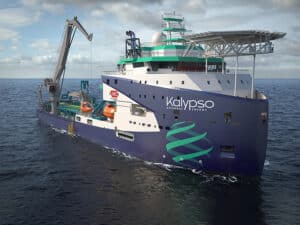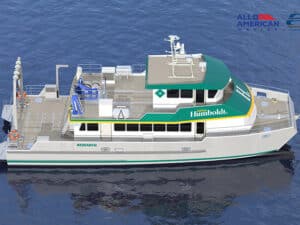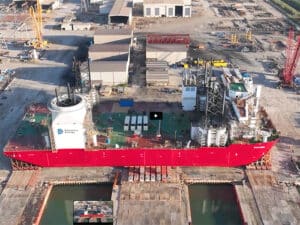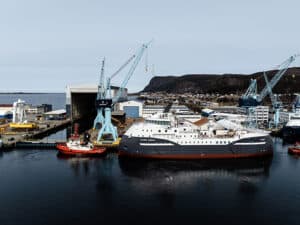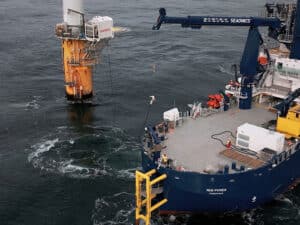
Op-Ed: Ports, maritime and offshore wind capabilities
Written by
Scott Chewning
By Scott Chewning, PE, LEED AP, Project Manager, Burns & McDonnell
As the saying goes in the industry, “There is no offshore wind without ports.”
A port, whether private or public, is a key part of the support needed for offshore wind projects. Ports are not only needed for the manufacturing and assembling of offshore wind components, but they are also prime locations for cable landings, power infrastructure, destination offshore wind service operation vessels (SOV) and house operation and maintenance (O&M) facilities. Having the knowledge of both aspects — the requirements for a port and an offshore wind facility — can aid in delivering a complete package for a project.
The Breadth and Depth of Working With an EPC Company
One of the biggest challenges to developers is finding technical know-how firms across so many specialty disciplines that relate to delivering an offshore wind project. Working with an engineer-procure-construct (EPC) company can help a project stay on schedule and under budget. Some additional benefits include:
- Handling coordination and management of interfaces, and therefore, risk rests on the firm as a one-stop-shop for various needs from permitting to attaining highly specialized design and construction elements.
- Managing of the project schedule is also key, and an EPC organization can work with the client to mitigate any internal and external issues that may arise, minimizing the impact of any issues.
- Attaining the necessary data and studies to see if a project is viable and what infrastructure needs are required. It is crucial to assess available wind resources for the development, siting and operation of a wind energy plant.
- Finding funding sources and grant opportunities to help with the overall cost.
Planning Ahead for Pedestrian, Vehicular and Vessel Traffic
Transportation and circulation studies are a critical aspect of an offshore wind project as most components of the wind farm infrastructure are quite large, and therefore, require a large amount of space to maneuver on- and off-site, whether by truck, rail, barge or vessel. These studies often determine if there is sufficient rail, road access, adequate water depth and bridge clearance needed to see that these pieces get to their final destination. This may expose limitations of different transportation modes for procurement of certain elements, which may lead to other decisions for port facility development. These studies also establish best practices when it comes to pedestrian traffic, such as available parking and walkways to buildings or the dock.
Design-Build Capabilities
Due to the weight of onshore and offshore wind equipment, ports must be designed for unusually high loads compared to typical container or bulk facilities. Working with a design-build firm aids with everything from designing wharves, docks and onshore facilities to blade manufacturing and building the appropriate support for these facilities. Burns & McDonnell has introduced the first U.S.-designed-and -fabricated offshore substation to the market. The firm is also working with the DNV Joint Innovation Partnership to aid in developing U.S. standards and requirements for large-scale floating offshore substations and cabling.
In deep waters, floating offshore wind systems are necessary. These systems are novel and various foundation concepts are being developed in the world. Given the size and complexity of these offshore wind systems, constructability is naturally a major driver as well as the type of offshore wind technologies applied; therefore, having a joint team responsible for both design and construction increases the value of engineering opportunities and brings constructability to the forefront in an integrated team.
Grant Assistance
In 2021, the administration released a statement with plans for offshore wind and port infrastructure details. It states a Notice of Funding Opportunity for $230 million for port and intermodal infrastructure-related projects through the Port Infrastructure Development Program — which will be granted to port authorities and other applicants. The federal government is also currently offering several tax incentives for wind projects that are set to begin construction on wind energy systems by the end of 2024.
Attaining a grant for an offshore wind project is an incredibly competitive process. A team that finds funding sources, evaluates the project to specific grant solicitations to see if it meets all the requirements, and helps develop and submit the proposed project can be a great aid in the competitive process. Burns & McDonnell aids in obtaining the necessary core permits required to meet certain local regulations and leverages an experienced global offshore substation design team for offshore structural and safety engineering.
Scott Chewning manages and performs detailed design for a variety of port, federal, commercial, industrial, transportation and utility infrastructure projects with 23 years of experience.

